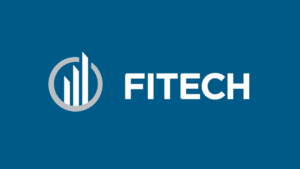ERP stands for Enterprise Resource Planning system. Depending on the industry, this term has different definitions and applications. Many real estate and financial services professionals consider an ERP to be an organization’s accounting system and general ledger. However, this isn’t really accurate—and ERP is much broader (think “enterprise”).
Real estate companies that use the general ledger program from MRI, Yardi or JD Edwards often think that these applications are the ERP. However, they are actually a part of the entire overall system; they do not perform every single activity you need to operate and streamline your operation, but they are a big step in the right direction.
Rather, while the accounting system is the fulcrum of the ERP, this system-wide application represents the homogeneous balance between all your systems and how they interact with each other—your computing ecosystem.
Today’s property management firms have available to them a full suite of applications that create more efficient operations, offer tenant conveniences and can help improve profitability; when properly sourced and implemented, they integrate with your accounting/general ledger system for a broader, more cohesive solution. These include:
- Lease administration tools
- Building work order systems such as Aware Manager, Workspeed and Angus Anywhere
- Building Link – a residential management system that accepts packages and communicates with tenants about deliveries
- Payroll processing
- Automated accounts receivables to collect rent such as ClickPay
- Automated payables – enables you to send invoices to a virtual lockbox, where they are scanned and paid such as Nexus
- Procurement system – allows management to see how money is being spent and control who is approved to spend it
- Data warehouse for centralized reporting and data storage
- Argus analytic software (on leasing side)
- Qlikview – a business intelligence tool
- Concierge, document scanning and other systems
As you can see, when you look at a fully loaded enterprise resource planning system, the general ledger is a central part of the many other facets of your business computing, but not representative of the whole ERP system.
In our next post, we’ll share insights on how to design and plan your ERP, given all the applications that may be involved, depending on your organization’s needs. Does your company currently deploy an ERP? What kinds of applications are you using?



